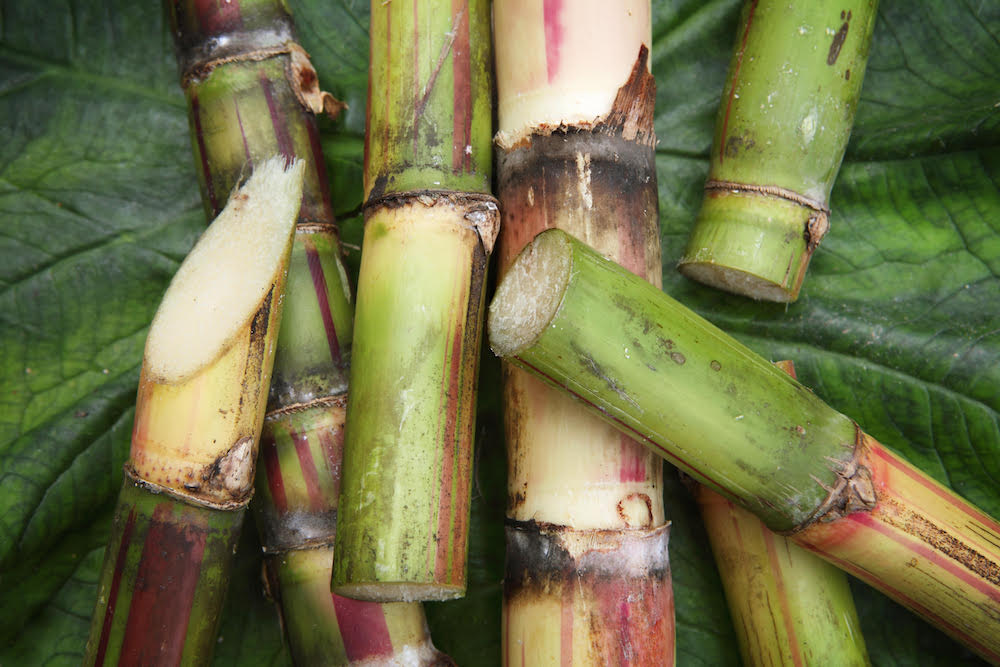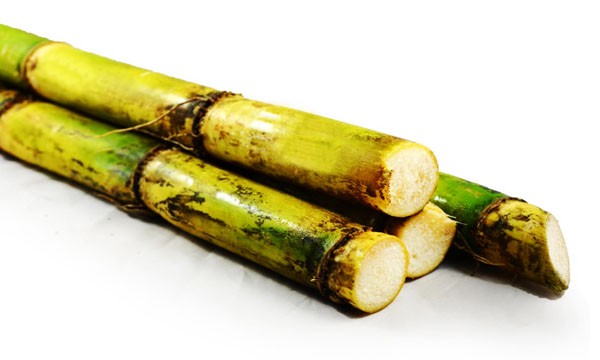How Sugar and Cane Are Used in the Production of Natural Sweeteners
How Sugar and Cane Are Used in the Production of Natural Sweeteners
Blog Article
Why Walking Stick Sugar Handling Chemicals Are Vital for Modern Sugar Refining
The function of walking stick sugar handling chemicals in modern-day sugar refining can not be overemphasized, as they are essential to improving both the efficiency of extraction and the general high quality of the last item. Representatives such as phosphoric acid and certain flocculants are employed to get rid of impurities, resulting in sugar that not only satisfies consumer expectations however also adheres to industry requirements.
Role of Processing Chemicals
The efficacy of walking cane sugar handling pivots considerably on the tactical application of processing chemicals. These chemicals play a pivotal role in improving the efficiency and high quality of sugar extraction and refining. From the first phases of juice removal to the last purification actions, handling chemicals facilitate different crucial procedures.
In the removal stage, chemicals such as phosphoric acid and calcium hydroxide are utilized to optimize the clarification procedure, assisting to eliminate impurities and put on hold solids from the walking stick juice. This not only boosts the yield but additionally makes certain the clearness of the final item. In addition, agents like flocculants aid in the quick settling of pollutants, thus improving the total procedure.
As the handling developments, chemicals are used in decolorization and condensation stages. Turned on carbon and ion exchange resins offer to get rid of color and smell, ensuring that the polished sugar meets consumer quality criteria. Eventually, the duty of processing chemicals expands beyond functional efficiency; they significantly affect the sensory characteristics of the last product, adding to market competitiveness. Hence, the careful choice and application of these chemicals are crucial for accomplishing optimum results in walking cane sugar processing.
Key Kinds of Chemicals
Walking cane sugar processing depends on a variety of crucial chemicals that facilitate each stage of production. These chemicals play crucial roles in clarifying, bleaching, and cleansing the sugar drawn out from walking stick.
One main group of chemicals consists of flocculants, such as polyacrylamide, which help in the explanation procedure by advertising the gathering and settling of contaminations. In addition, calcium hydroxide is often utilized to reduce the effects of level of acidity and aid in the elimination of non-sugar parts.
Lightening representatives, such as turned on carbon and sulfur dioxide, are made use of to decolorize the syrup, causing a more clear end product. These chemicals help eliminate color substances that might influence the sugar's look and marketability.
In addition, phosphoric acid acts as a pH regulator during the handling stages, making certain optimum conditions for the enzymatic tasks associated with sugar extraction and filtration.
Other crucial representatives consist of edta (ethylenediaminetetraacetic acid), which chelates steel ions that can militarize unfavorable reactions, and salt hydroxide, which helps in pH control throughout the refining process. Jointly, these chemicals enhance efficiency and make certain a high-quality walking cane sugar product.
Benefits for Sugar Quality
Usually ignored, the use of certain processing chemicals dramatically improves the total high quality of walking cane sugar. These chemicals play a critical duty in refining processes, making certain that the final item meets rigorous market criteria for purity and preference.

In addition, refining chemicals assist in attaining a regular granulation and structure, which are important check it out for customer approval. By regulating the condensation process, these chemicals guarantee that the sugar crystals develop consistently, resulting in an extra enticing item that dissolves well in different applications.
Furthermore, making use of these chemicals can improve the service life of walking cane sugar by lessening wetness absorption and microbial growth. On the whole, the calculated application of processing chemicals is important for delivering premium walking stick sugar that meets customer assumptions and industry needs.
Environmental Impact Factors To Consider

In addition, the energy-intensive nature of sugar refining, compounded by chemical usage, frequently leads to boosted carbon exhausts. This adds to environment adjustment and elevates problems regarding the sustainability of current refining methods. In addition, the sourcing of these chemicals may involve techniques that threaten biodiversity, such as monoculture farming, which minimizes the resilience of agricultural ecosystems.

To minimize these influences, sugar refiners are progressively discovering lasting alternatives and embracing finest practices that minimize chemical use. Applying strenuous environmental management systems can help make certain that the refining procedure lines up with environmental criteria and promotes biodiversity. Eventually, a balanced strategy that focuses on both sugar quality and ecological stewardship is crucial for the long-lasting viability of the sugar sector.
Future Patterns in Refining
As the sugar industry comes to grips with the environmental difficulties related to traditional refining approaches, ingenious strategies are arising this content to enhance both performance and sustainability. One significant fad is the adoption of environment-friendly chemistry principles, which focus on making use of safe, naturally degradable processing chemicals. This shift not just reduces ecological influence but also addresses customer need for cleaner production approaches.
Another encouraging development is the application of innovative filtering modern technologies, such as membrane splitting up and adsorption procedures. These methods boost the clarity and top quality of the sugar while decreasing the quantity of wastewater created during refining. Furthermore, the assimilation of digital innovations, including IoT and AI, is transforming functional efficiency by making it possible for real-time monitoring and anticipating upkeep, therefore reducing resource waste.
Furthermore, using byproducts from sugar refining, such as bagasse and molasses, is acquiring traction. These products can be transformed right into biofuels or value-added items, contributing to a circular economy within the sector. Collectively, these trends indicate a shift in the direction of even more sustainable practices that not only enhance functional efficiency but additionally straighten with global sustainability goals, guaranteeing the future feasibility of sugar refining.
Verdict
Walking cane sugar handling chemicals are vital in contemporary sugar refining, substantially boosting the performance and top quality of sugar removal. The critical use these chemicals not just boosts the click resources pureness and taste of the last item yet additionally ensures consistent formation and structure. As the market progressively prioritizes sustainability, the adoption of environmentally-friendly handling representatives is likely to shape future patterns in refining, ultimately leading to higher top quality items and prolonged service life for customers.

Ultimately, a balanced technique that prioritizes both sugar high quality and ecological stewardship is vital for the lasting viability of the sugar market.
Walking cane sugar handling chemicals are important in contemporary sugar refining, dramatically enhancing the efficiency and high quality of sugar removal.
Report this page